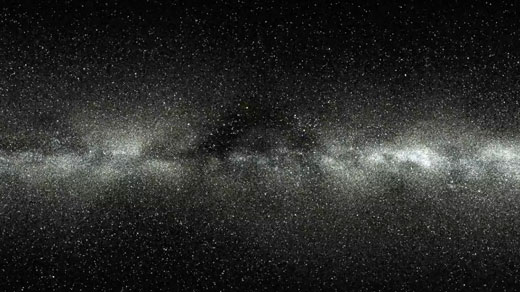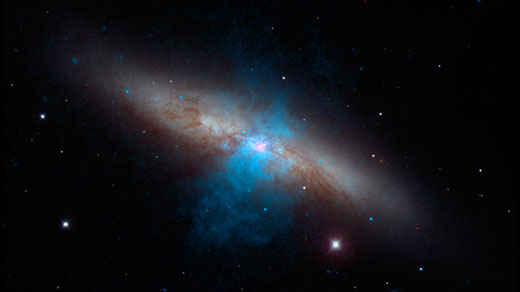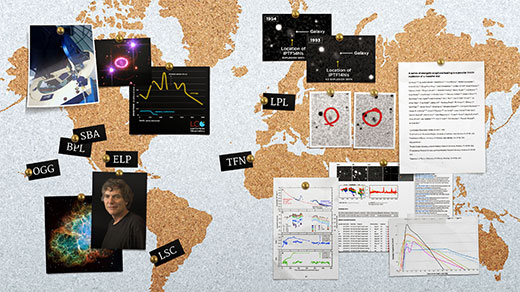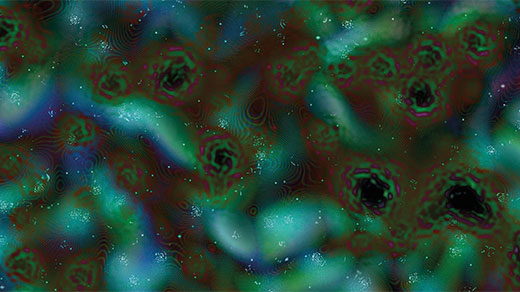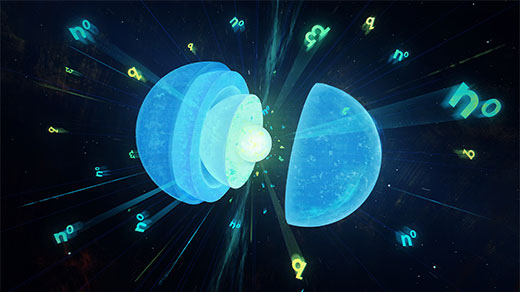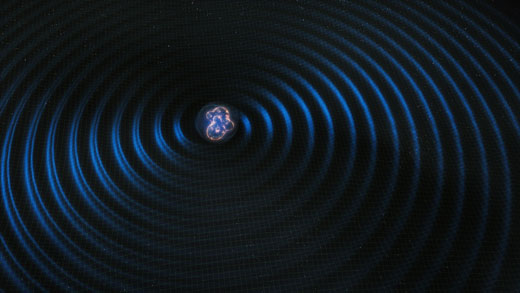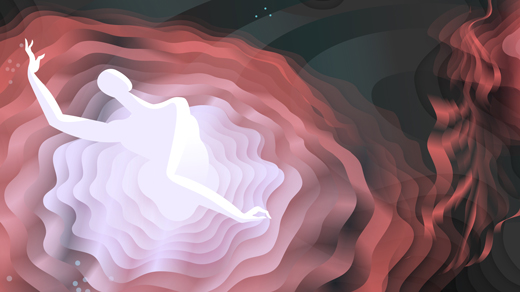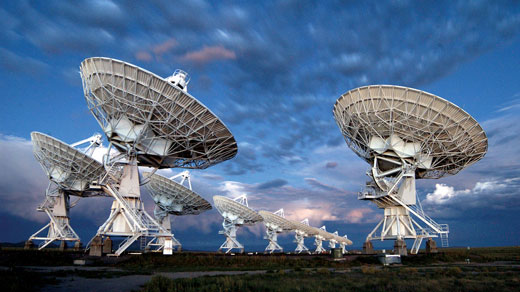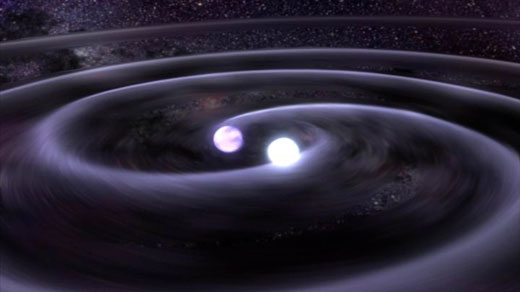What's up in
Astrophysics
Latest Articles
Deathblow Dealt to Dark Matter Disks
New data tracking the movements of millions of Milky Way stars have effectively ruled out the presence of a “dark disk” that could have offered important clues to the mystery of dark matter.
Galactic Glow, Thought to Be Dark Matter, Now Hints at Hidden Pulsars
A number of high-energy anomalies raised hopes that astrophysicists had seen their first direct glimpses of dark matter. New studies suggest a different source may be responsible.
‘Crazy’ Supernova Looks Like a New Kind of Star Death
Astronomers are mystified by a strange star explosion in a distant galaxy that might be a relic from an earlier cosmological era.
From the Edge of the Universe to the Inside of a Proton
The Zoomable Universe, a new book by the astrobiologist Caleb Scharf, the illustrator Ron Miller and 5W Infographics, tours the universe’s 62 orders of magnitude.
Squishy or Solid? A Neutron Star’s Insides Open to Debate
The core of a neutron star is such an extreme environment that physicists can’t agree on what happens inside. But a new space-based experiment — and a few more colliding neutron stars — should reveal whether neutrons themselves break down.
Colliding Neutron Stars Could Settle the Biggest Debate in Cosmology
Newly discovered “standard sirens” provide an independent, clean way to measure how fast the universe is expanding.
Neutron-Star Collision Shakes Space-Time and Lights Up the Sky
Astronomers have for the first time matched a gravitational-wave signal to a kilonova’s burst of light, observations that will “go down in the history of astronomy.”
Ultra-Powerful Radio Bursts May Be Getting a Cosmic Boost
Repeating radio bursts are among the most mysterious phenomena in the universe. A new theory explores how some of their puzzling properties can be explained by galactic lenses made of plasma.
For Astronomers, Neutron Star Merger Could Eclipse Eclipse
Even as the solar eclipse was mesmerizing millions, astronomers were training their space- and land-based telescopes on a far more violent astrophysical event.
